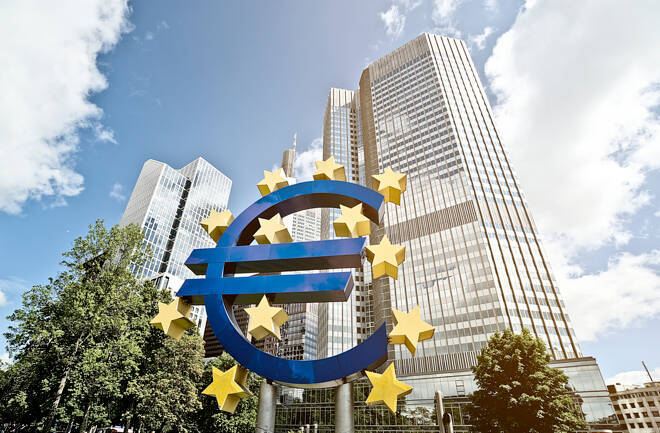Advertisement
Advertisement
Another Central Banker Berates Crypto, Why Do They Hate it So Much?
By:
It is hard to avoid the fear, uncertainty, and doubt (FUD) when markets are tanking hard so another central banker berating digital assets is nothing new. It begs the question why do banks hate crypto so much?
Key Insights:
- European Central Bank President Christine Lagard said cryptos are “worth nothing.”
- Central banks see them as a threat to their own digital currency rollouts.
- Banks cannot control crypto, which is why they fear it so much.
The current price of a Bitcoin is still just over $30,000, but European Central Bank President Christine Lagarde thinks it and other crypto assets are “worth nothing.”
In an interview on Dutch TV aired on May 22, Lagarde said that she has maintained “all along” that cryptos are “highly speculative, very risky assets.” The speculative part is common knowledge, but the former Chair of the International Monetary Fund then went on to declare:
“My very humble assessment is that it is worth nothing. It is based on nothing, there is no underlying assets to act as an anchor of safety.”
As the caretaker of the euro, we @ecb want to keep an open dialogue with the people we serve.
I had the pleasure to answer students' questions about inflation, the war in Ukraine and my career.
Watch the @collegetour_nl episode at 20:20 CET on the Dutch TV channel NPO2. pic.twitter.com/GoqnA7AARh— Christine Lagarde (@Lagarde) May 22, 2022
Why Central Banks Despise Crypto
There are several reasons why central banks and their leaders are vehemently against crypto. Decentralized digital assets compete with their plans to roll out central bank digital currencies (CBDCs). Lagarde confirmed this in her following statement.
“The day when we have the central bank digital currency, any digital euro, I will guarantee it. So the central bank will be behind it. I think that is vastly different from any of those things.”
A CBDC will be fully controlled by the central bank. Being based on a blockchain, all transactions will be traceable, so banks will enjoy an even tighter leash over people’s finances than they already have. Banks cannot control crypto, which is why they are pulling out all the stops to try and see it quashed.
Furthermore, a bank’s job is to profit from money deposited by its customers. They operate on a fractional reserves system, which means the banks lend out and invest the money their customers have deposited, leaving just a fraction as a reserve in the bank. If everyone went to the bank on the same day to withdraw, the bank would collapse because the funds are not physically there.
This is exactly what Satoshi Nakamoto warned against when he created Bitcoin in the wake of the 2008 financial crisis, which banks essentially caused. The cycle is repeating with rampant inflation ravaging the world and central banks printing more money in the name of stimulus packages that only really devalue the underlying currency.
So, in response to the global economic crisis, bankers have upped their anti-crypto rhetoric yet again. Earlier this year, Lagarde and the ECB called for tighter controls over crypto, citing sanctions evasion as the excuse this time.
Crypto Markets are Cyclical
A massive crypto market crash is nothing new; it happened in 2018 and before that in 2014, where BTC lost more than 80% of its value before recovering to stamp a new all-time high a year or two later.
The crypto bear market of 2022 has been expected, so this wave of mainstream media, policymaker, and banker FUD is largely unwarranted.
Bitcoin Fear and Greed Index is 10 ~ Extreme Fear
Current price: $30,224 pic.twitter.com/bgI1boqtNl— Bitcoin Fear and Greed Index (@BitcoinFear) May 23, 2022
Crypto markets are currently down 56% from their November 2021 peak of just over $3 trillion so there could be further to go before it hits the bottom of this current cycle.
About the Author
Martin Youngauthor
Martin has been covering the latest developments in the blockchain and digital asset industry since 2017 when he made his first investment. He has previous trading experience and has worked extensively in IT over the past 2 decades.
Did you find this article useful?
Latest news and analysis
Advertisement
